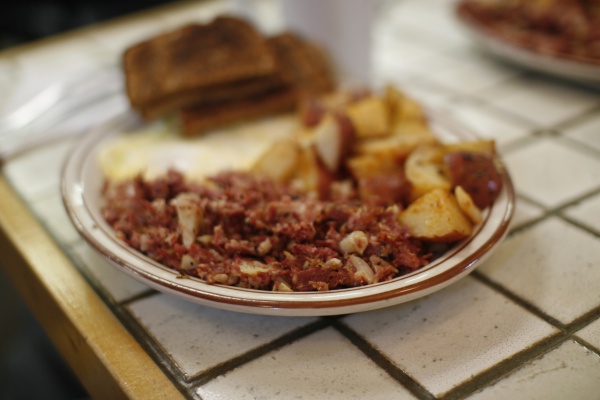Facts About Hash
Hash is a hearty dish consisting of chopped meat, potatoes, and onions, all fried together to perfection. The name "hash" derives from the French word "hacher" meaning "to chop." Initially, this dish was a resourceful way to utilize leftovers. By the 1860s, budget-friendly eateries were often known as "hash houses" or "hasheries." During and after World War II, canned corned beef hash gained popularity due to food rationing.
Hash is a versatile meal that can be enjoyed at any time of the day—breakfast, lunch, or dinner. In the U.S., it is commonly served for breakfast alongside eggs, toast, hollandaise sauce, or baked beans. Some upscale restaurants have elevated hash, offering gourmet versions with ingredients like lamb, fish, venison, turkey, chicken, shrimp, or steak.
Corned beef hash has been a staple in American cuisine since the 18th century. It originated in New England as a way to repurpose leftovers from traditional boiled dinners. New England also offers variations like red flannel hash, made with beets, and salt cod hash.
In the UK, hash has been enjoyed since the 14th century. During World War I, American soldiers, known as GIs, ate corned beef hash, which they nicknamed "corned Willie."
Hash isn't just an American or British specialty. Countries such as Denmark, Sweden, Finland, Norway, Austria, Slovenia, Spain, Portugal, various Latin American nations, and Germany all have their own versions of hash. Each country adds its unique twist, using different meats, vegetables, and spices to create distinctive variations of this beloved dish.

 Ireland
Ireland